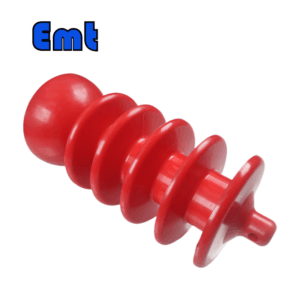
Urethane pigs are vital tools in pipeline maintenance, effectively removing debris and buildup. They also provide excellent flexibility and durability, making them easy for operators to use. Additionally, these pigs adapt well to various pipeline conditions, enhancing their cleaning efficiency and maintaining optimal pipeline performance. Regular use of the pigs helps prevent blockages, thus reducing the need for costly repairs. In summary, urethane pigs are essential for efficient pipeline operations.
Importance of Pipeline Maintenance
Safety
Safety is the paramount concern in pipeline operations. Regular maintenance helps prevent leaks and ruptures that can lead to fires, explosions, and environmental disasters. By detecting and addressing issues such as corrosion, cracks, and other structural weaknesses early, maintenance reduces the risk of catastrophic failures that could endanger lives and the environment.
Regulatory Compliance
Pipelines are subject to strict regulations designed to ensure their safety and environmental compatibility. Regular maintenance is required to comply with these regulations. Failure to maintain pipelines can result in hefty fines, legal action, and forced shutdowns by regulatory bodies.
Operational Efficiency
Maintaining pipelines ensures that they operate at optimal efficiency. Accumulations of deposits such as scale, wax, or sludge can reduce the flow rate, increasing the energy required to pump fluids through the pipeline. Regular cleaning and maintenance keep pipelines clear, reducing operational costs and improving throughput.
Extended Lifespan
Regular maintenance prolongs the lifespan of pipeline infrastructure. By addressing wear and tear and mitigating damage from corrosion and other factors, maintenance activities extend the operational life of pipelines, delaying the costly process of replacement.
Why Choose Urethane Pigs
Choosing urethane pigs for pipeline maintenance comes with several advantages that make them highly effective and reliable in various applications. Here are the key reasons why urethane pigs are a preferred choice:
1. Versatility
Urethane pigs are suitable for a wide range of pipeline cleaning tasks. They can be used in pipelines of different diameters and configurations, making them versatile tools for both light cleaning and heavy-duty debris removal. This adaptability enables their use in various types of pipelines, including those that transfer oil, gas, water, and other fluids.
2. Durability
Urethane is a robust material known for its exceptional durability. Urethane pigs can withstand harsh conditions within pipelines, including high pressures, abrasive substances, and varying temperatures. This resilience ensures a long service life, reducing the frequency of replacements and the overall cost of maintenance operations.
3. Efficiency in Cleaning
Urethane pigs are highly effective at removing deposits such as scale, wax, and other sediments that can accumulate inside pipelines. Their design allows for thorough scraping and brushing of the pipeline walls, ensuring that the line is cleaned effectively, which helps maintain optimal flow and prevents blockages.
4. Cost-Effectiveness
Despite their high performance, urethane pigs are relatively inexpensive compared to other types of pigs, such as those made from steel or equipped with electronic sensors. Their cost-effectiveness makes them an attractive option for regular maintenance schedules, helping to keep operational budgets in check.
5. Minimal Damage to Pipeline
The material properties of urethane ensure that these pigs are gentle on pipeline interiors. Unlike more rigid materials, urethane is less likely to cause damage to the pipeline walls during cleaning operations. This is particularly important in pipelines that transport sensitive or hazardous materials.
Applications
1. Pipeline Cleaning
Urethane pigs are predominantly used for cleaning pipelines to remove dirt, scale, wax, and other debris that accumulate over time. Their ability to scrub and sweep the pipeline interior helps maintain a clear path for the flow of liquids or gases, which is essential for operational efficiency and safety.
2. Batch Separation
In pipelines that transport different products sequentially, urethane pigs are used to separate these batches, preventing cross-contamination. This application is particularly valuable in multi-product pipelines in the food and beverage, pharmaceutical, and oil and gas industries.
3. Inspection Support
While urethane pigs themselves are not typically equipped with inspection tools, they are used to clean pipelines ahead of inline inspection tools. By clearing the line of debris, urethane pigs ensure that sophisticated inspection tools, like smart pigs, can travel through the pipeline unimpeded and gather accurate data on the pipeline’s condition.
4. Dewatering and Drying
After hydrostatic testing or water flushing, urethane pigs are used to remove the remaining water from pipelines. This is crucial to prevent corrosion and to prepare the pipeline for the transportation of hydrophobic substances like oil and gas.
5. Product Recovery
Urethane pigs are effective in maximizing product recovery by pushing residual product through the pipeline towards the collection point. This reduces product loss and increases the efficiency of the pipeline system, which is especially important in industries where the transported product is valuable.
6. Coating Applications
Some urethane pigs are designed to apply protective coatings inside pipelines. These pigs spread coatings evenly throughout the pipeline, which can help protect against corrosion and extend the pipeline’s lifespan.


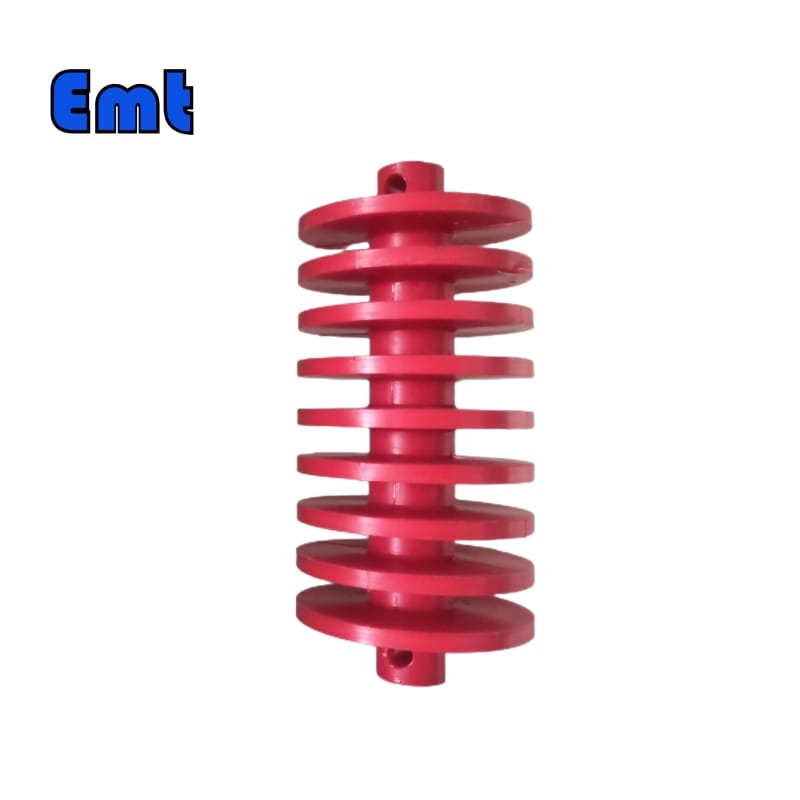
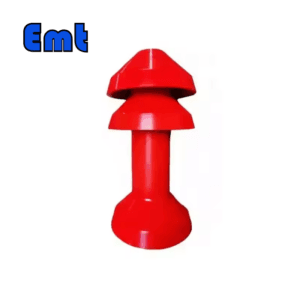
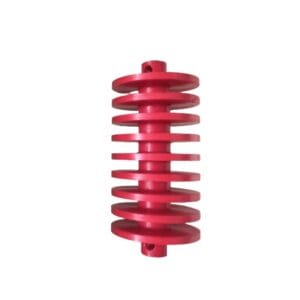
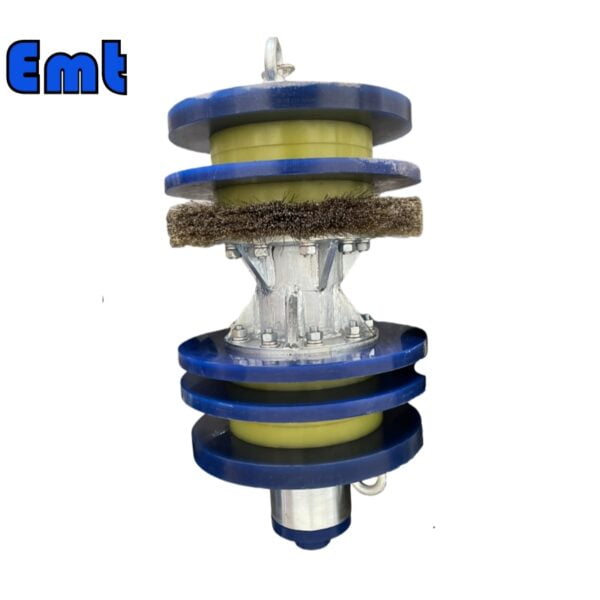
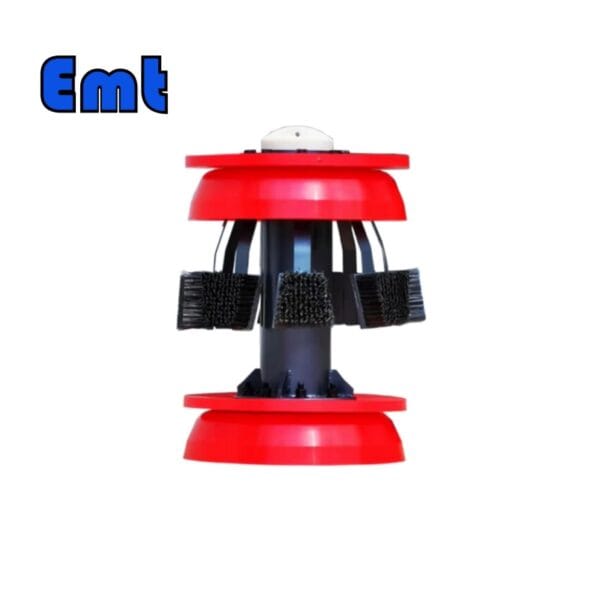
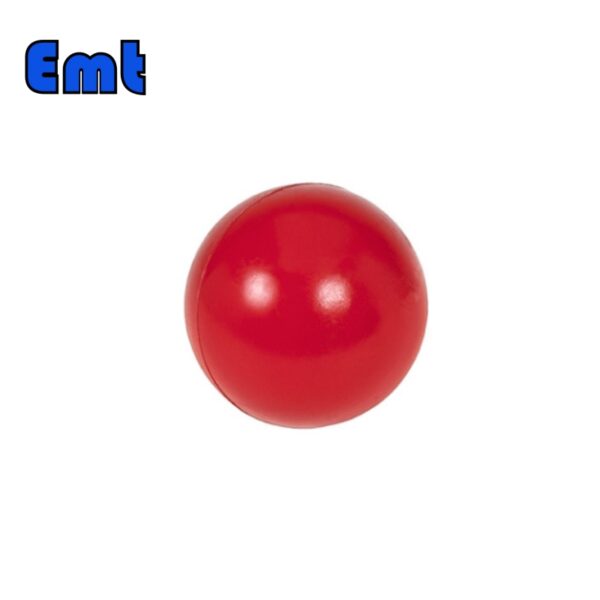
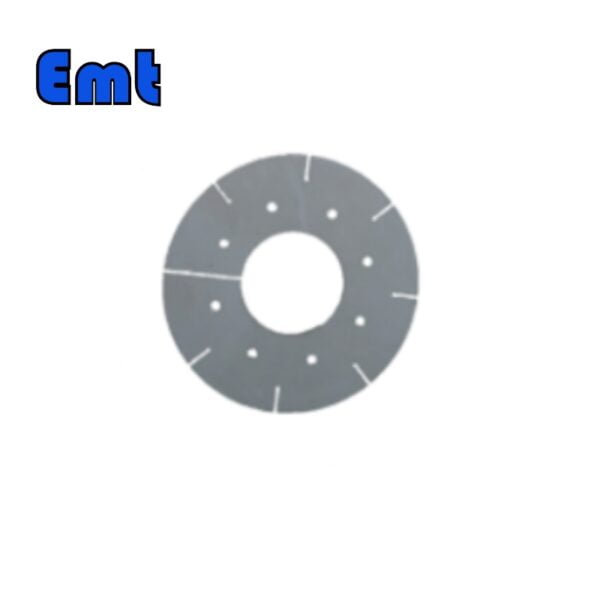
There are no reviews yet.